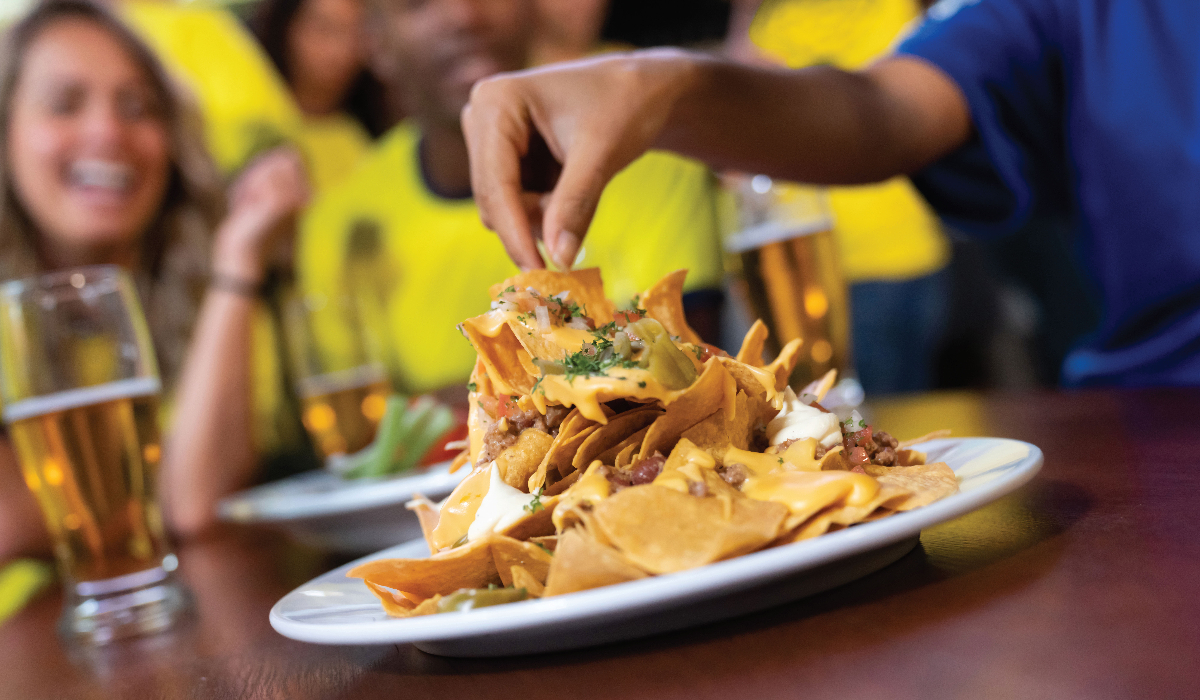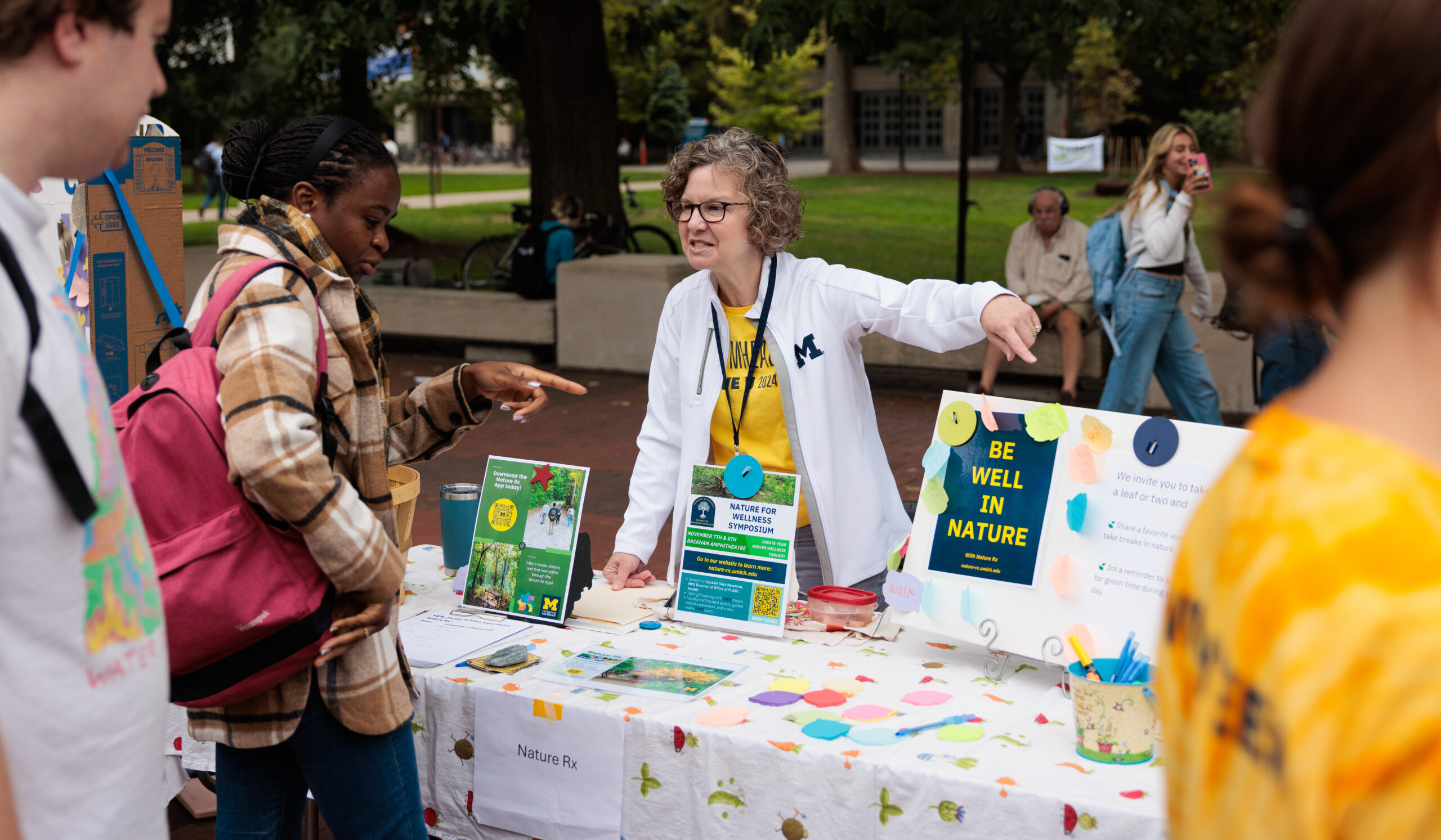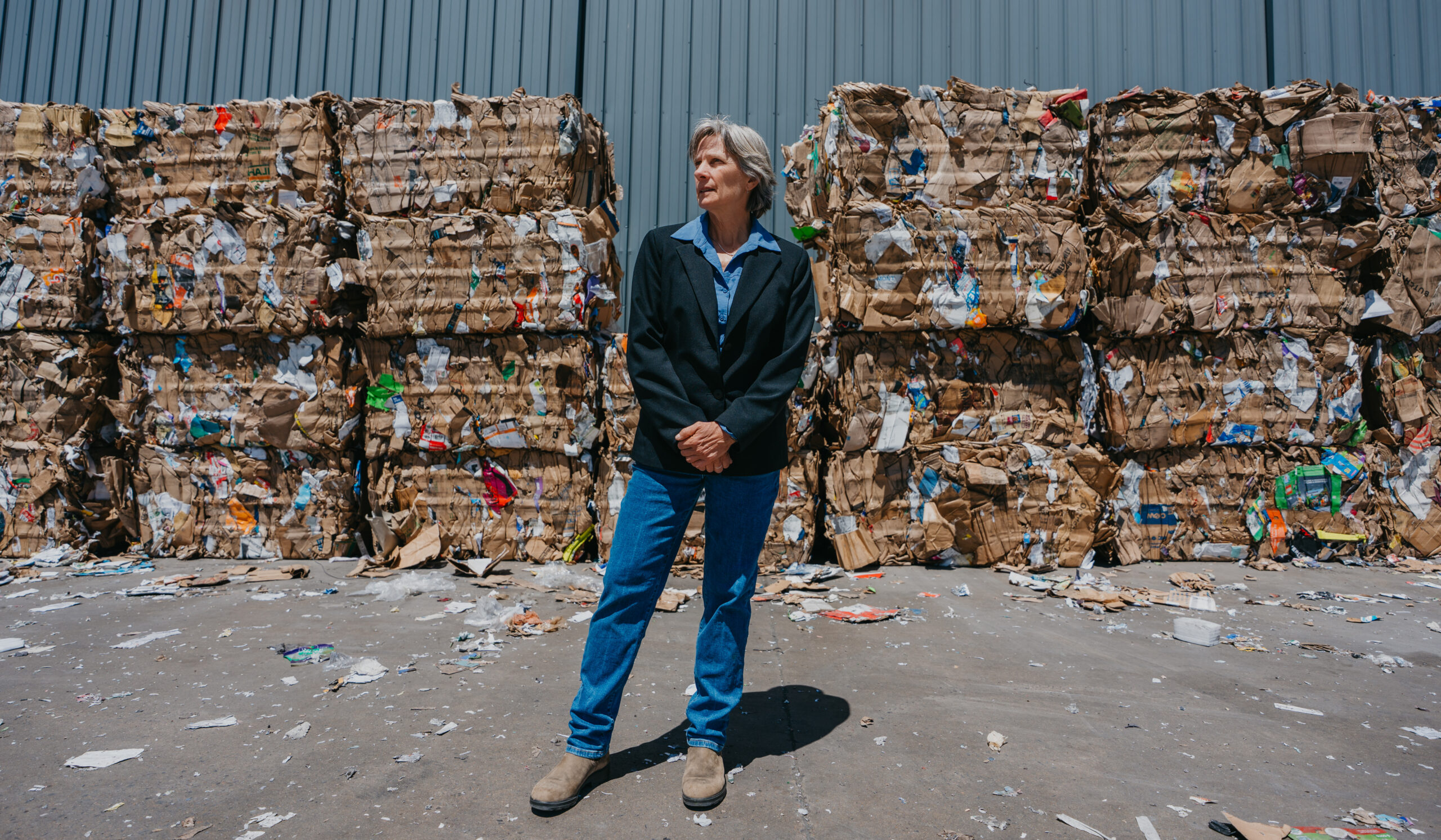I remember drinking day-old prosecco at 6 a.m. to calm my nerves while watching the recent Australian Open final between Rafael Nadal and Daniil Medvedev. I was gorging on hot wings at a pro-Michigan bar in New York City during The Game in 2006. I wasn’t eating anything during the Men’s NCAA Championship Game in 2013 because I was watching the Wolverines from a hotel room in Paris at 3:30 a.m., having just stumbled back from some blasé America-themed watering hole. (Although, I do faintly recall les chicken tenders and les onion rings at the bar.) And every Thanksgiving dinner I can remember has been endured with the Dallas Cowboys game on the telly.
I’m not saying that food is indelibly etched into all our memorable sports moments — but sit through any stretch of the Super Bowl on television, and ad dollars make it clear that there’s some deep, inherent correlation between spectating and consuming. Or at least the marketing execs want us to believe there is. Sports. Food. And often, booze.

Competitive eating is the most literal union of sports and food. On the one hand, it’s hard to imagine keeping anything down after watching the rhythmic, seagull-like ingestions of the contestants. On the other hand, in the moment, I always feel like I could — and kind of want to — do it, too. (Admittedly, I quit paying much attention after the hot-dogging rivalry of Joey Chestnut vs. Takeru Kobayashi was unceremoniously consumed by a contractual dispute. Damn those lawyers.)
If you were at the Colosseum in Ancient Rome watching Russell Crowe duke it out with man and beast, then salted peas, sausages, pastries, fried fish, and wine would have been staple fare — often free! Or, if you made the seven-hour carriage ride from Washington, D.C., at the onset of the Civil War, you would have packed lunch or bought it from the food vendors to witness a macabre spectacle, the “Picnic Battle,” aka the First Battle of Bull Run.
Maybe food is simply a necessity, just as much as needing to pee during any hours-long activity. Or perhaps food serves a social purpose — one that grew out of necessity. For instance, when tens of thousands of fans began descending on college football games in automobiles in the early 1900s, tailgating seemed as much about the party as the sustenance. The festive atmosphere of tailgating would grow even more in the 1950s with the convenience of mass-produced portable grills, coolers, and station wagons.
Beer and sports had a tumultuous relationship in the late 1800s, especially with the rise of the Temperance Movement, which culminated in Prohibition. But beer roared back to stadiums in the 1930s, and alcohol sales and sponsorships now represent massive revenue for professional sporting leagues and their teams. Sex sells. And so do sports, apparently.
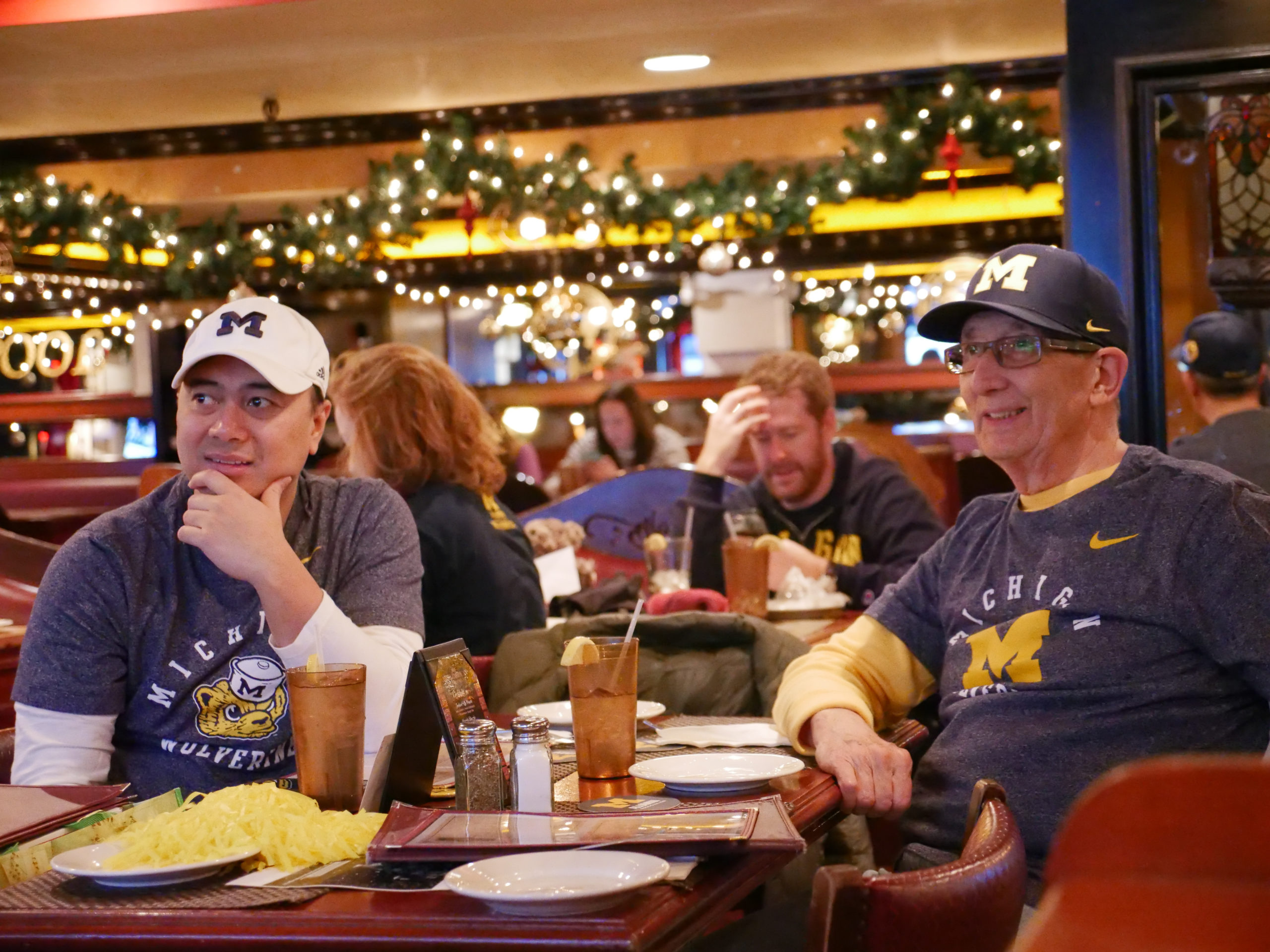
Much like movies, sports give me an excuse to indulge in munchies that might otherwise not make it into my diet — think wings, nachos, loaded fries, hot dogs, and beer. The calories are as blissful as the foods are handsy. In riveting moments, I can direct my nervous energy to the mindless act of shoveling things into my mouth. During the downtime (there are far too many commercials and timeouts, by the way), I can craft the perfect next bite or discuss the accuracy of the adjectival names on the graded spiciness scale of Buffalo wing sauces.
Food can also be a talisman, having a supersized influence on the outcome of competitive sports. When I was a mediocre tennis player in high school, I anecdotally tracked the correlation of my match-day performance with any number of variables, including the angle I was wearing my baseball cap, the number of cigarettes I had smoked the night before, and, of course, what I had eaten in the lead-up to my matches.
It turns out that athletes and fans share a penchant for quirky food superstitions. World-famous sports idols have all sorts of documented game-day rituals, like gorging on foods from chicken and beans to cookies and licorice, and even some tangentially topical superstitions involving urine therapy, induced vomiting, and — very apropos — brushing one’s teeth.
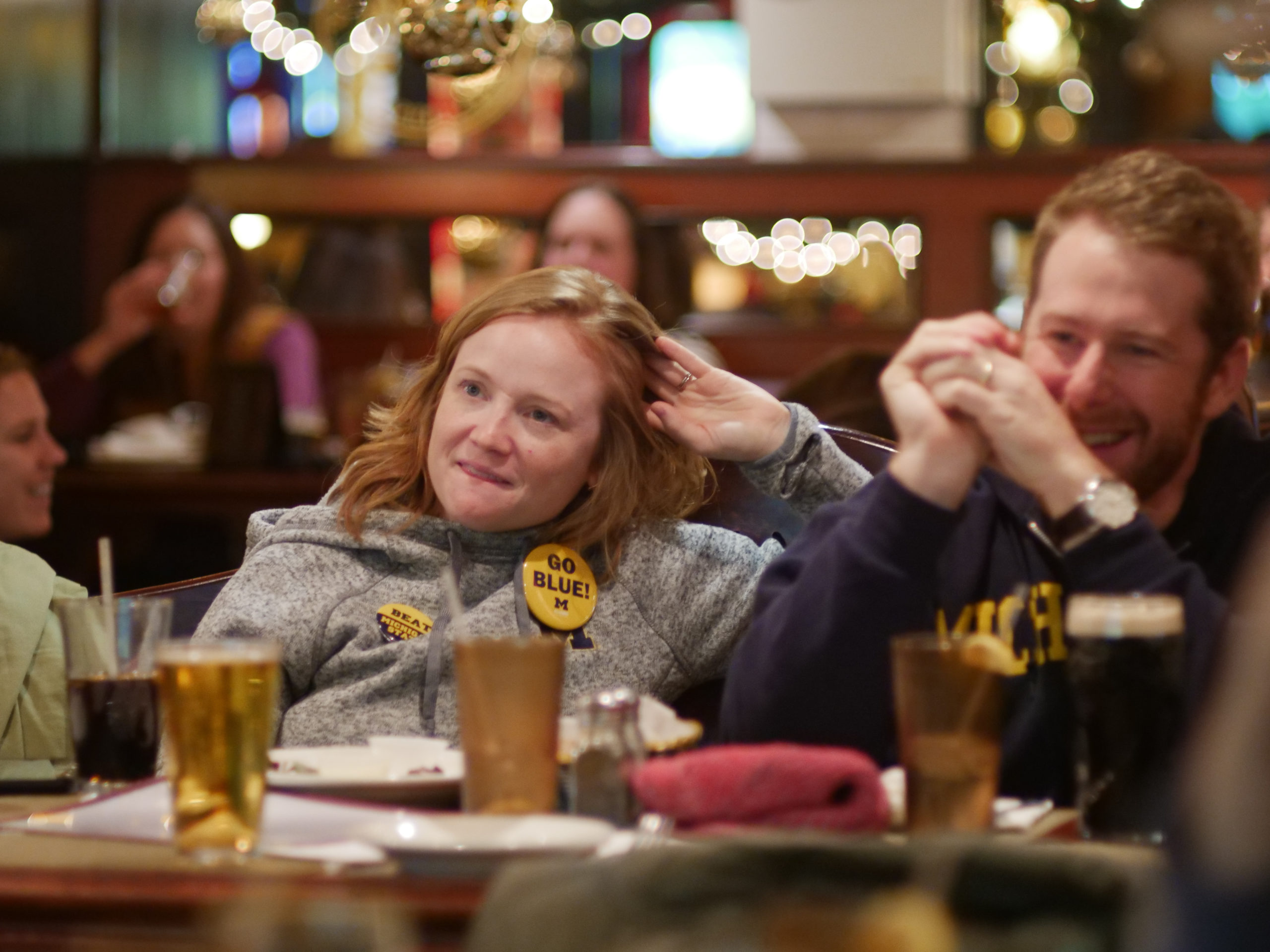
I’m having a hard time imagining sports without food. How could we get people to gather and watch athletes partake in the ritualized barbarianism of turf wars without the lure of food? Especially the guests (and hosts) who hate sports. Without booze, how could we tolerate the inane, armchair-quarterbacking commentary of our guests or strangers at the bar? How could I prevent getting kicked out of the bar with more TVs than customers if I didn’t order something from the menu?
At the end of the game day, when we win, food is celebratory; the botched call that went our way (for once) makes it taste transcendent. When we lose, food is comforting; we take the botched call against us and make a shiva meal of it. And when we don’t care, food gives us something to do either way.

JOHN WANG, ’03, is the founder of Queens Night Market in New York City and the co-author, with wife Storm Garner, of the award-winning cookbook “The World Eats Here” (The Experiment, 2020).

